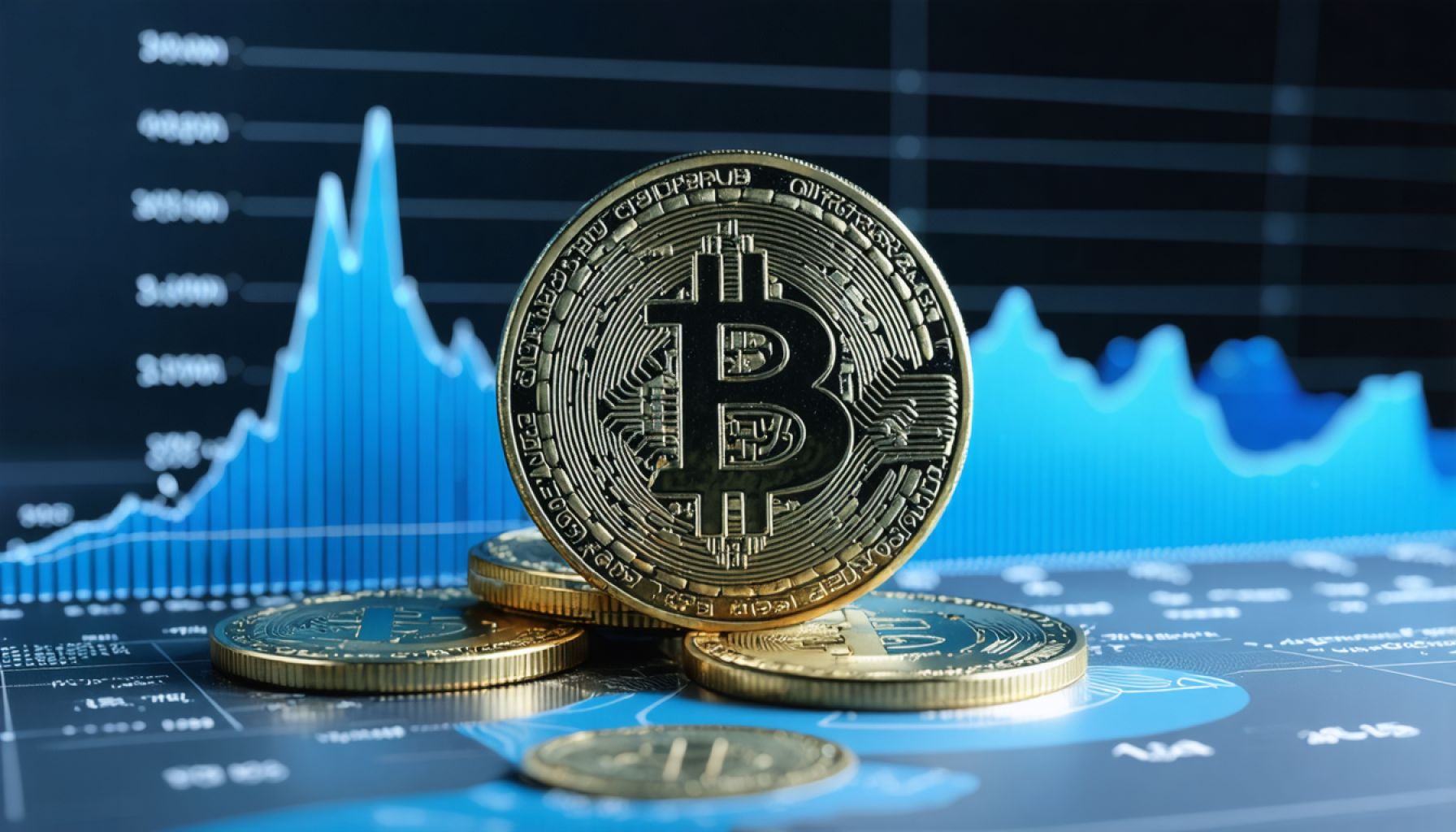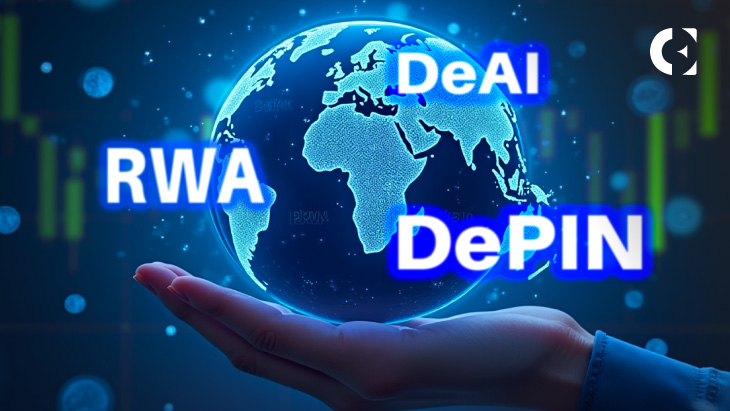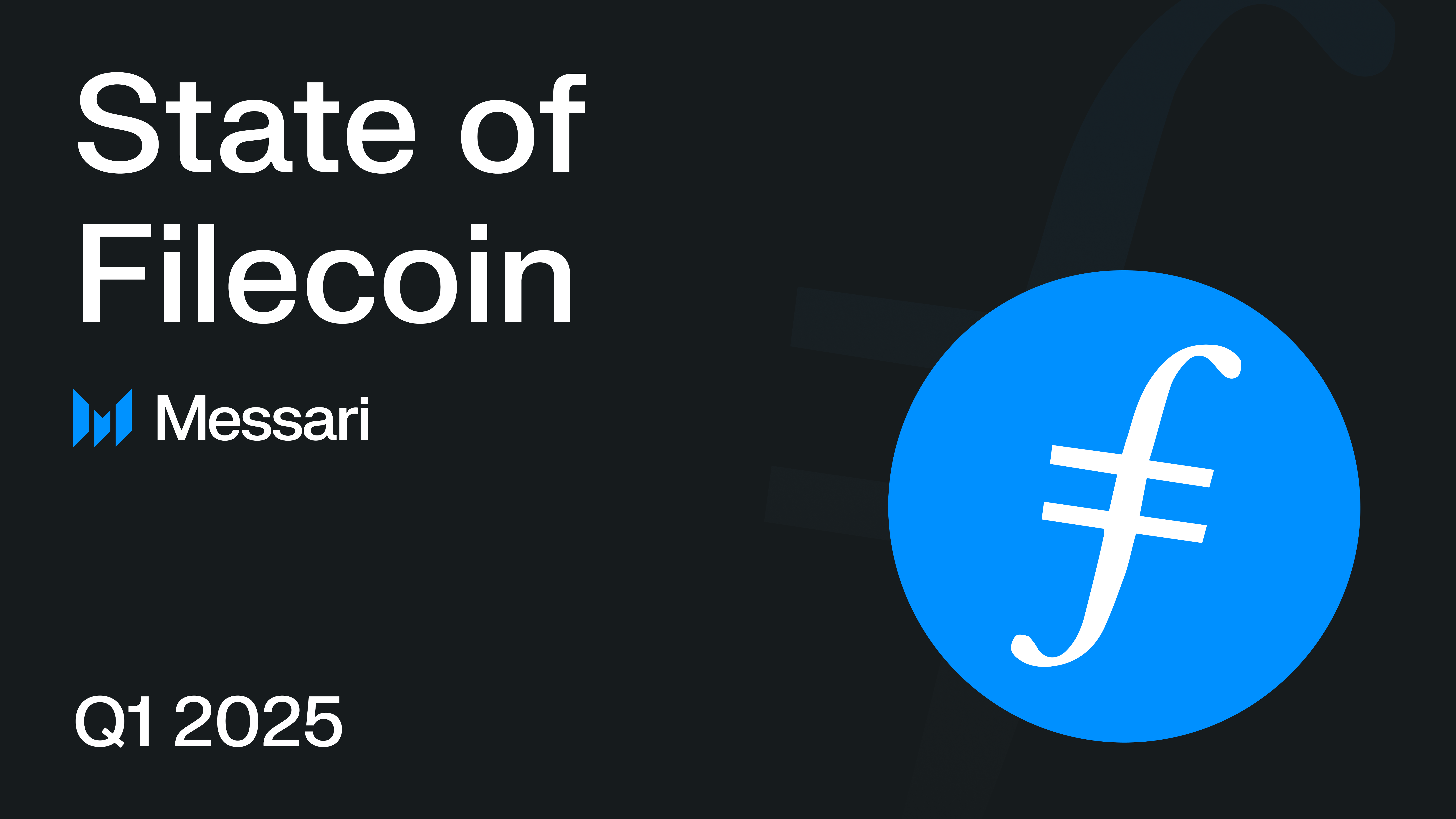Bittensor (TAO) Surges Amid AI Market Momentum and Institutional Interest

Bittensor, an artificial intelligence-focused cryptocurrency, has recently emerged as a significant player in the market, ranking as the third top gainer among the top 100 cryptocurrencies over the past 30 days. The token, known as TAO, has surged by an impressive 106.8%, bringing its market capitalization to over $4.79 billion. This rise is attributed to a broader trend in the AI sector, particularly influenced by Nvidia Corp’s stock rally, which has seen a 15.4% increase in the same timeframe. As Nvidia’s stock continues to soar, the AI-crypto market cap has also experienced a boost, now standing at $29.8 billion, according to CoinGecko.
Institutional interest has significantly contributed to Bittensor’s growth, with Grayscale, a prominent digital asset manager, launching a Bittensor-focused fund that attracted $4.9 million in assets under management. Grayscale’s decision to increase its allocation to Bittensor from 2% to 31% in its AI fund has instilled confidence among investors, leading to increased adoption and investment in TAO. Additionally, the demand for Bittensor in the futures market has reached a record high of $220 million, indicating a surge in interest from traders and investors alike.
Analysts are optimistic about TAO’s future trajectory, with predictions suggesting a short-term target of $1,000 and a mid-term target of $3,330. Technical indicators support this bullish outlook, as TAO is currently trading above the 50-day Moving Average, indicating a potential continuation of upward momentum. The Relative Strength Index (RSI) remains steady above 60, suggesting that the bullish sentiment is still strong. However, analysts caution that the $650 mid-level serves as a crucial support level; a drop below this point could signal a shift in momentum, potentially leading to a downward trend.
Related News





